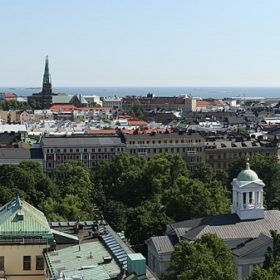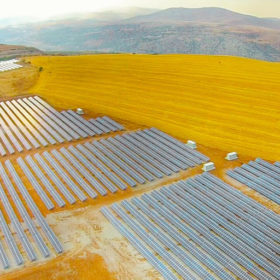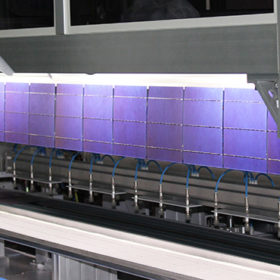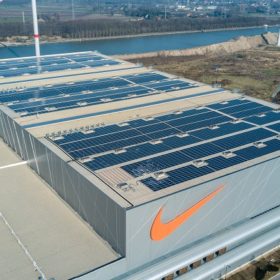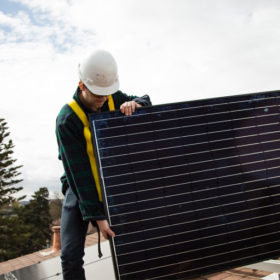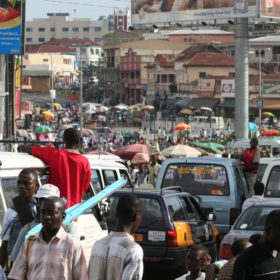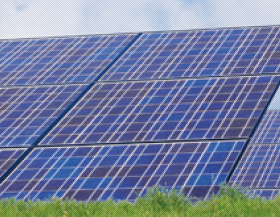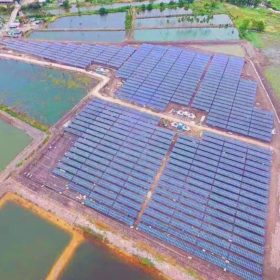Helsinki carbon neutral plan targets 1/6 of electricity needs from rooftop solar
Scheme’s goal is to reset the Finnish capital’s carbon neutrality target date to 2035 by ramping up renewable energy use, electric vehicle adoption and energy-efficiency upgrades.
Northwest Europe could install 60 GW of subsidy-free renewables by 2030, report finds
Aurora Energy Research report calculates as much as €180 billion renewable investment opportunities in the region through to 2030, of which €64 billion could be for subsidy-free projects.
Europe to add 11 GW of solar in 2018, IHS Markit says
The analysts forecast further solar growth for this year, with the Spanish market expected to become Europe’s fifth-largest in 2018.
The 9th ITRPV: Module price pressure to continue as production capacity tops 130 GWp, price learning curve rises to 22.8%
Annual International Roadmap for Photovoltaics, compiled by the German production equipment industrial association (VDMA), reveals slowdown in module price reduction for 2017 in contrast to significant market increase that saw module production capacity rise above 130 GW.
The weekend read: A watershed year for Belgium
Belgium market update: Once among Europe’s leaders in solar PV deployment, with more than 1 GW of capacity added in its peak year of 2011, Belgium’s market lost momentum following the abrupt closure of generous subsidy programs. In recent years, driven by its residential PV segment, the country has experienced a solar comeback, which became particularly prominent in the year just passed.
The US residential solar market fell 16% in 2017
GTM Research and SEIA’s final report on the U.S. solar market in 2017 shows both the struggle of the residential sector, as well as a larger than anticipated fall in utility-scale volumes, leading to a 30% contraction overall.
Ghana ups its solar ante with announcement of new programs
Ghana is planning to grow its solar industry, via utility-scale solar, off-grid projects and domestic manufacturing, the President said at the International Solar Alliance (ISA) founding ceremony.
Brazil plans RE auctions for isolated regions
The Brazilian government is planning to resort to renewable energies to meet power demand in the non-interconnected areas in the north of the country. Meanwhile, another Brazilian state, Santa Catarina, has decided to introduce the ICMS exemption for solar DG.
Japan: Kumamoto Electric pushes PV-powered cryptocurrency unit as potential curtailment solution
Kumamoto Electric Power, a Japanese power producer and retailer, has launched a new cryptocurrency-mining subsidiary that will primarily draw electricity from solar PV arrays.
Renewables to drive economic growth in SE Asia — IRENA
The 10 members of the Association of Southeast Asian Nations (ASEAN) are on track to make solar and other renewables account for 23% of the region’s total primary energy supply (TPES) by 2025, but governments will need to create better policy and investment frameworks to make it happen, according to the International Renewable Energy Agency (IRENA).
